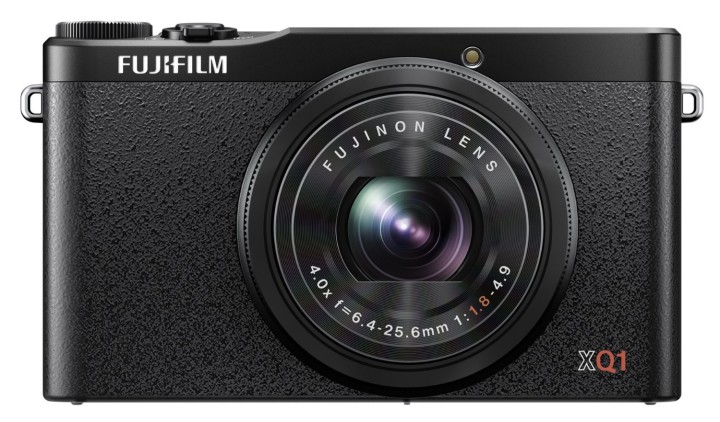We finish off the work week with the third camera announcement in three days. First there were the Sony A7 and A7r full frame mirrorless interchangeable lens cameras, then there was the super-small and compact Panasonic Lumix GM1, and now we have the the Fujifilm X-E2, the successor to the high-end X-E1 model, and the compact XQ1.
The announcement of the Fujifilm X-E2 is exciting because Fuji has the tendency to improve its older models with firmware updates rather than replace them with newer versions. Unlike other camera companies which push out new models with every tiny improvement and new feature, Fuji only releases something new when they really feel it’s necessary. And even older models already replaced by newer versions still get the T.L.C. they deserve from the company. Today’s X100 firmware update is a good example of this.
How has the Fuji X-E2 improved on the X-E1?

Admittedly, we’ve never tried the X-E1 or the X-E2 so we cannot share our personal views but the official list of improvements goes as follows:
- X-Trans CMOS II sensor with hybrid phase and contrast detection AF (same as the X100s)
- an AF speed of 0.08 seconds
- high-speed continuous shooting of 7 fps
- speed doubled thanks to EXR Processor II (the same as that found in the X100s and X-M1)
- 14 bit RAW processing
- Face detection
- ±3 EV exposure compensation dial rather than ±2
- Wifi enabled
- inclusion of Lens Modulation Optimiser for edge-to-edge image sharpness
- Full HD movie recording now at 60p / 30p
- preview exposure in manual mode
- Digital Split Image*6 technology for improved manual focusing
- Focus Peak Highlighting (also available in firmware update for X-E1)
- 3-inch LCD monitor (previous was 2.8 inch)
It is obvious that Fujifilm has invested time and care into developing the X-E2. The company has kept many of the great characteristics of the X-E1, included some important features found on the X100s, and added a handful of new features exclusive to the X-E2. I feel that the ±3 EV exposure compensation dial (rather than ±2), 14 bit RAW and exposure preview in manual mode are the most interesting features of all. And of course there is the improved AF with the hybrid phase/contrast detection found on the X100s. I wonder if combined with the latest firmware of some lenses, it might perform even better than the X100s?
Check out X-Photographers Patrick LaRoque and Don Craig‘s first impressions of the X-E2 – they’re worth a read!
How about the XQ1?

The Fujifilm XQ1 is the successor to the XF1. It is a fixed lens compact camera with a 12 MP 2/3 inch X-Trans II CMOS Sensor and a Fujinon 25-100mm 4x F1.8-4.9 optical zoom. Some important features include the 3-inch LCD, fast phase detection AF, the speedy EXR processor II for a fast start-up time and little shutter lag, a maximum of 12 fps continuous shooting and WiFi capabilities.
I can imagine that this will be a popular compact camera amongst beginners and amateurs. Though it is a little bit pricey, it has a very attractive retro body as well as many of the valued features found in the X100s and X-E2 such as the X-Trans II sensor, EXR processor II and phase detection AF.
Firmware update breathes new life into X100
As mentioned in the introduction, the X100 firmware update 2.0 was released at the same time as the X-E2 and XQ1 announcements. Speaking to photographers who own the X100, we’ve learned of the following improvements:
- improvement in AF speed
- slight improvement in start-up speed
- better at acquiring focus for short ranges
- improved focus ring speed
- new focus peaking is nice to use
- more convenient AF point selection (no longer need to hold down button)
- inclusion of MF mode
If you own an X100 and have any other improvements to add to this list, don’t hesitate to let us know!
Will you buy the Fuji X-E2 or are you holding out hope for an X-Pro2? 😀
